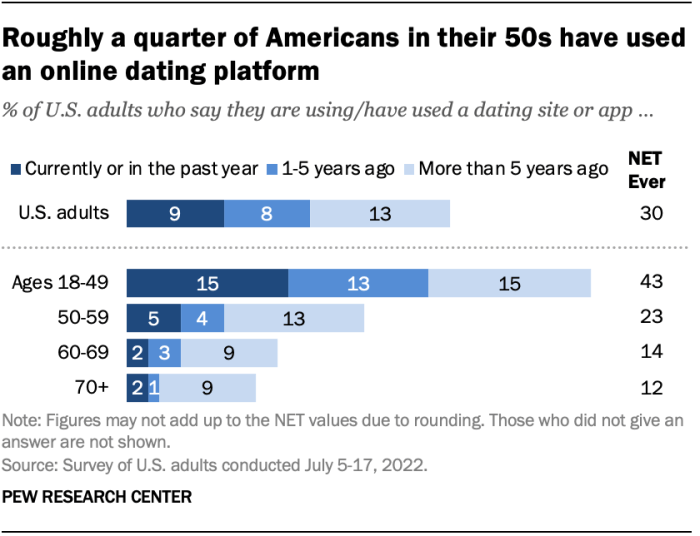Love knows no age, and for America's senior citizens, the pursuit of companionship and romance is thriving in unexpected ways. This exploration delves into the evolving landscape of US senior dating, examining the technological advancements reshaping connections, the shifting expectations within relationships, and the societal influences shaping this vibrant demographic's dating lives. From the rise of senior-specific dating apps to the enduring power of personal connections, we uncover the unique dynamics driving this fascinating trend.
We'll analyze how technology, both its benefits and challenges, is impacting senior dating, comparing the experiences on specialized platforms versus mainstream dating apps. Further, we'll examine the evolving priorities and relationship goals of older adults, considering how cultural norms and family support play crucial roles in their dating journeys. The diverse experiences of men and women within this demographic will also be explored, highlighting the nuances of their unique paths to finding love later in life.
Technological Adoption in Senior Dating

Source: pewresearch.org
Dating apps and websites have significantly altered the dating habits of US seniors. Previously reliant on social circles, community events, or introductions from friends and family, many older adults now actively search for partners online. This shift allows for a broader pool of potential partners, transcending geographical limitations and offering greater anonymity for those who prefer a less public approach to dating. The convenience of accessing profiles and initiating contact from the comfort of home is a particularly attractive feature for seniors who may have mobility limitations or prefer a less strenuous dating process.
Senior-Focused vs. General Dating Platforms: User Experience Comparison
Senior-focused dating platforms often prioritize ease of use and accessibility features, recognizing the varying levels of technological proficiency among older adults. These platforms frequently feature larger fonts, simplified navigation, and customer support readily available via phone or email. In contrast, general dating platforms, while sometimes including older users, are not necessarily designed with their specific needs in mind. Navigation might be more complex, the interface less intuitive, and the sheer volume of users and profiles potentially overwhelming for a senior user. The demographic skew on general platforms also means that older users might find themselves less represented in the user base, reducing the likelihood of finding compatible matches.Challenges and Benefits of Technology in Senior Dating
The benefits of using technology for dating among older adults are numerous, including increased access to potential partners, greater convenience, and the ability to connect with others who share similar interests and life stages. However, challenges exist. Digital literacy remains a barrier for some seniors, requiring patience and support to navigate online platforms effectively. Concerns about online safety and privacy are also prevalent, emphasizing the need for education and awareness. Furthermore, the sheer volume of profiles and options can be overwhelming, and the potential for encountering scams or inappropriate behavior necessitates caution and vigilance.Comparison of Senior Dating Apps
The following table compares features and pricing for three popular senior dating apps. Note that pricing and features can change, so it's crucial to verify directly with the app providers
| Feature | App A (Example) | App B (Example) | App C (Example) |
|---|---|---|---|
| Basic Membership Cost | Free | $9.99/month | Free (limited features) |
| Premium Membership Cost | $19.99/month | $24.99/month | $14.99/month |
| Profile Visibility | Limited with free membership | Unlimited | Limited with free membership |
| Messaging Features | Limited with free membership | Unlimited | Limited with free membership |
| Customer Support | Email & Phone | Email only | Email & Chat |
Relationship Preferences and Expectations

Source: amazonaws.com